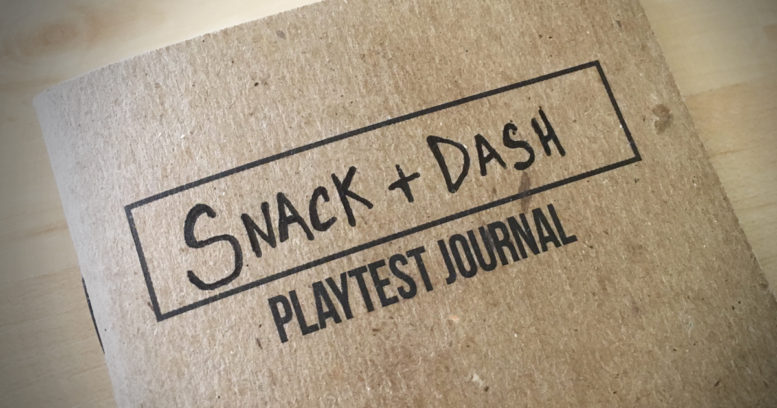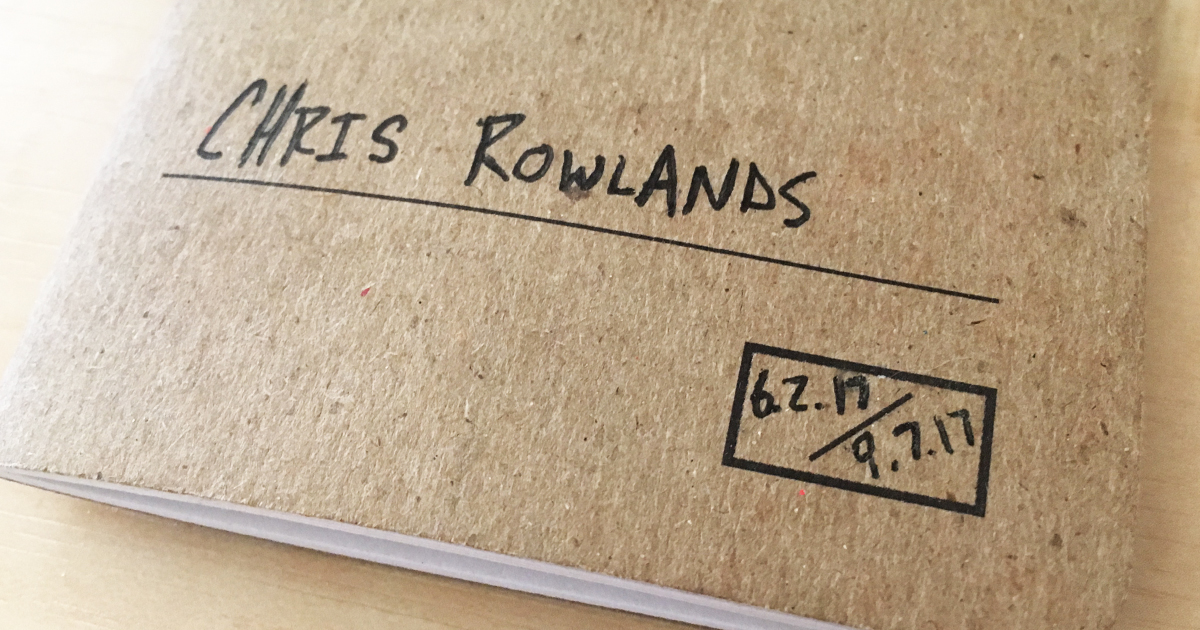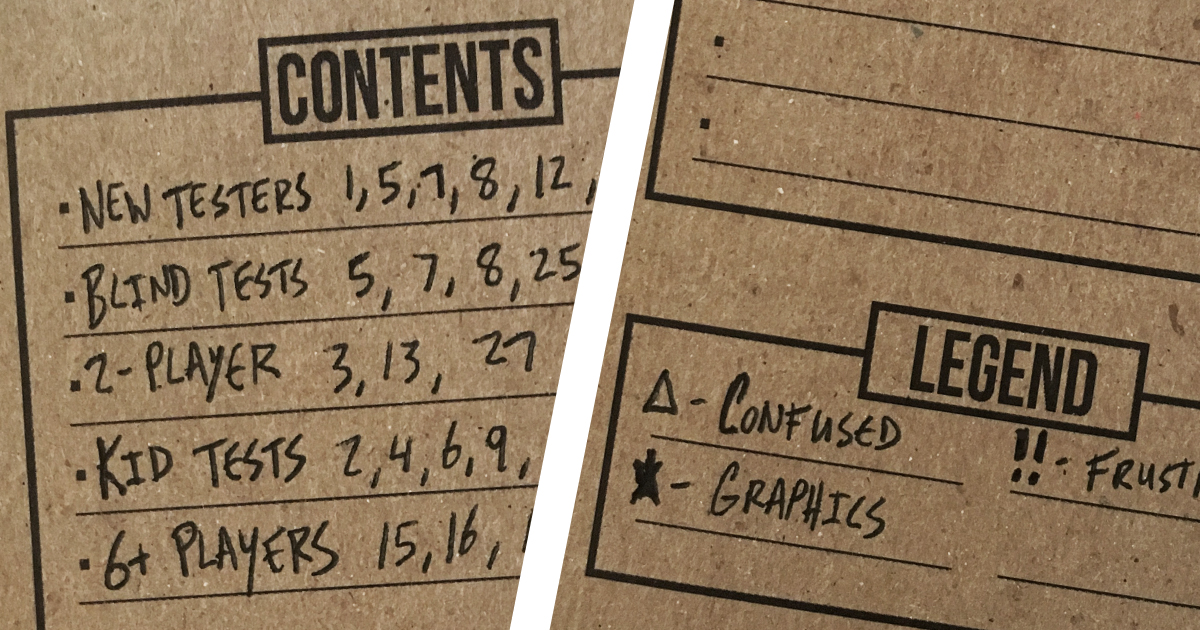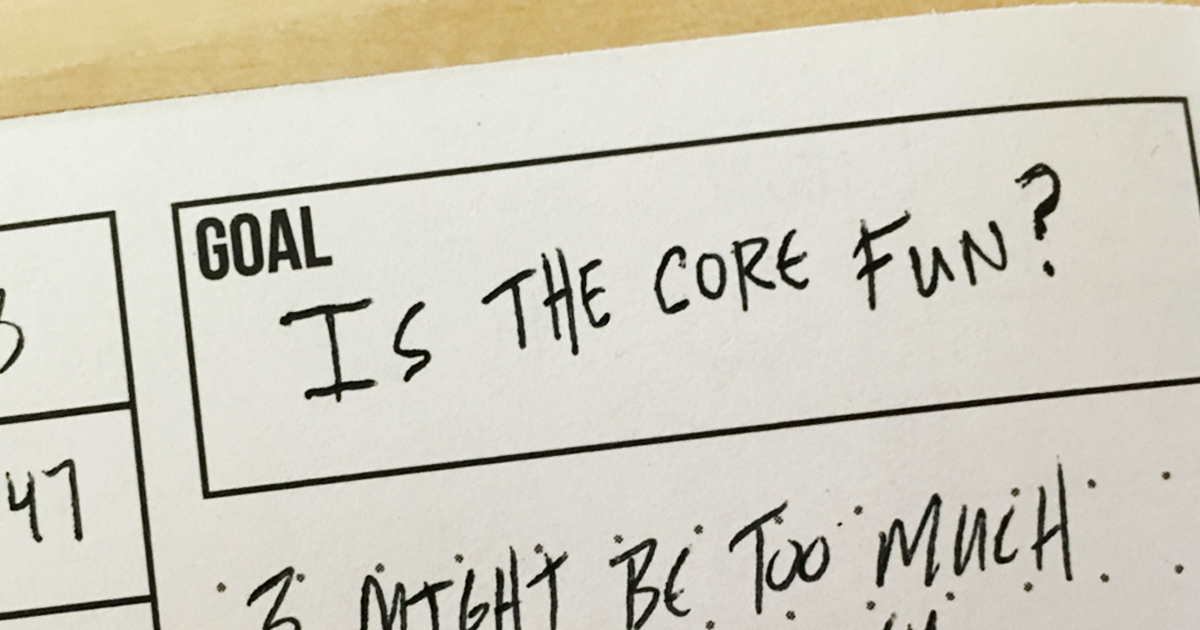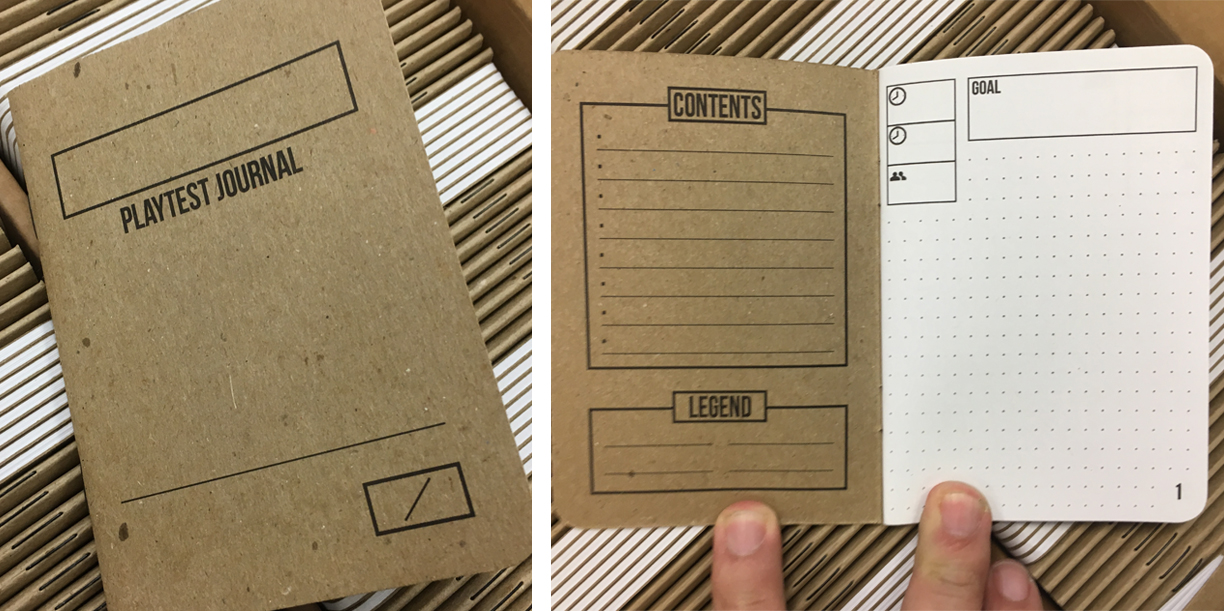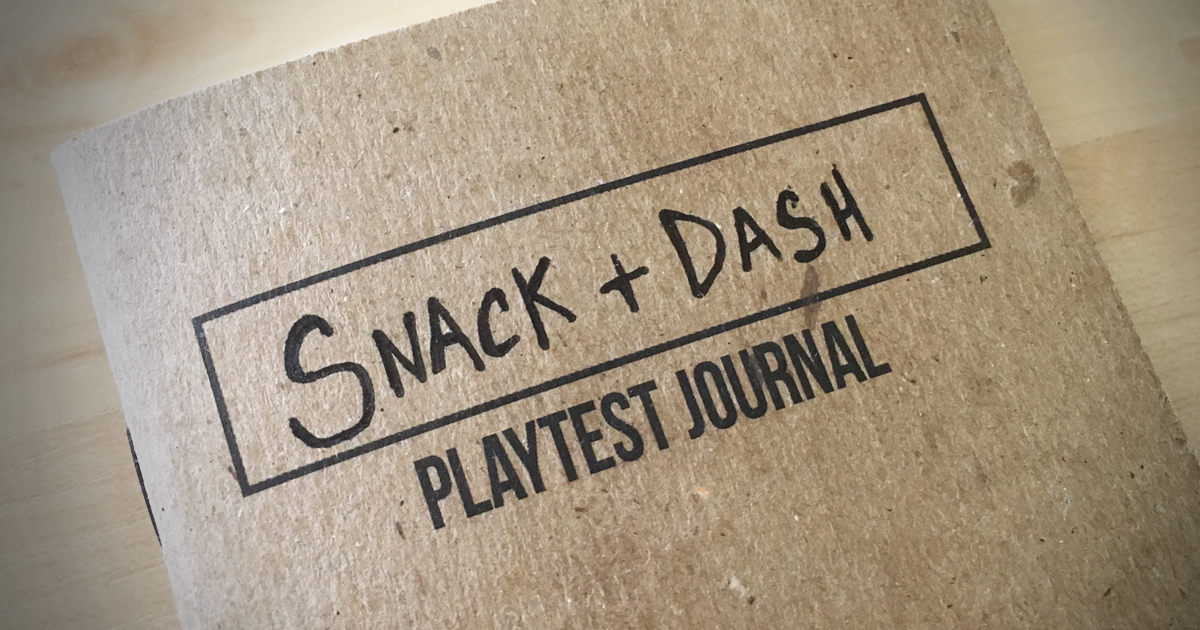
Creating a Game Playtest Journal
A while back I posted a video on YouTube which mentioned that Scout Books notebooks were one of my favorite game design tools! The folks at Scout Books took note (no pun intended) and reached out to us about doing a custom book designed specifically for game design. How could we say no?! I am really impressed with the way they turned out, and would love to tell you about some of the ways I take notes and how that influenced the design of our One Thousand XP playtest journals. Even if you are using your own notebooks, I hope these tips will inspire you!
Playtest Journal: The Outside Cover
On the cover we have a couple of areas to write the name of the game as well as the designer or project. I tend to have one book for each design I am working on, and will throw a notebook into the box for each of my prototypes. (Shout out to designer Daniel Newman for that advice!) Some folks might prefer to use the same book for multiple designs, which is fine too. You do you!
On the bottom left of the cover we put a spot for dates. I write the date of the first playtest recorded in the book, and then once the book is filled I write the date of the last playtest. That way I can easily reference my playtests across different notebooks and keep them all in order.
Playtest Journal: The Inside Cover
On the inside cover, we added two areas which I tend to use in my journals. The top spot is for a table of contents. I learned this concept while bullet journaling, and it has really helped my notebook organization! If ever there is something that you want to easily reference, just list it in the contents and write in the page numbers of the notes whenever applicable! For example, let’s say that you want to keep track of all the times you play with new testers in order to give playtest credits. You might write “New Tester” in your table of contents, and then just follow it up with the associated page numbers as you fill your book. In the past I hand-numbered the pages in my notebooks, but all the pages on our printed journals come pre-numbered because it’s easier that way and I’m lazy!

Example notes with symbols.
Below the table of contents we have a “Legend” section. This is for identifying notes that you would like to be able to reference at a glance. For example, you may want to take a note of when somebody seems confused during the game. Add “Confused” to your legend and give it a symbol. Then, when you’re note-taking and notice that somebody is confused, make a note and mark it with the symbol you created. Easy peasy, and it helps a lot when you’re flipping back through pages of notes to pick out those special elements.
Playtest Journal: The Pages
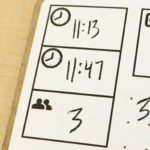 At the top of each page is a spot to record start time, end time, and player count. I printed these in the book because I consistently forget to record this information, and it’s always useful to have! Beside that is a space to write down a goal for the playtest. One of the biggest pieces of advice I give to newer designers is to have goals for each playtest. Usually in the form of a question, the goal will help guide your observations during the test and the questioning after. If you’re playtesting without a goal then you won’t be getting as much out of your tests as you could! Examples of goals might be: “Is the core fun?” “Is the Samurai strategy balanced?” “Break the game by hoarding cash.”
At the top of each page is a spot to record start time, end time, and player count. I printed these in the book because I consistently forget to record this information, and it’s always useful to have! Beside that is a space to write down a goal for the playtest. One of the biggest pieces of advice I give to newer designers is to have goals for each playtest. Usually in the form of a question, the goal will help guide your observations during the test and the questioning after. If you’re playtesting without a goal then you won’t be getting as much out of your tests as you could! Examples of goals might be: “Is the core fun?” “Is the Samurai strategy balanced?” “Break the game by hoarding cash.”
As for the other details in the book, I opted for a dot grid for the note portions because it helps folks that want to make boxes or sketch things. Finally, as mentioned above, each page is numbered. 32 pages = 32 playtests!
Custom Game Books?
While we’re on the subject of these custom journals, I do want to talk a bit more about Scoutbooks. As I mentioned, I was really impressed with the print quality of the books and now that I know how easy it is to make custom books with them, my mind is racing with ideas for games that could fit into a small 32-page format. If you want an example of an existing game that is printed by Scout Books, look no further than the amazing indie RPG The Quiet Year. While small adventures and RPG/Story games are a no brainer, it would also be neat to come up with other avenues for the books as well. I could easily imagine a legacy roll & write game using these, and that is just the tip of the iceberg!
If you’re interested in getting your hands on the One Thousand XP Playtest Journals, make sure to follow us on Twitter and Facebook, and jump on the One Thousand XP mailing list below. I hope you find some of these ideas useful, and would love to hear about any tips you have for organizing playtest notes. Thanks for reading!

